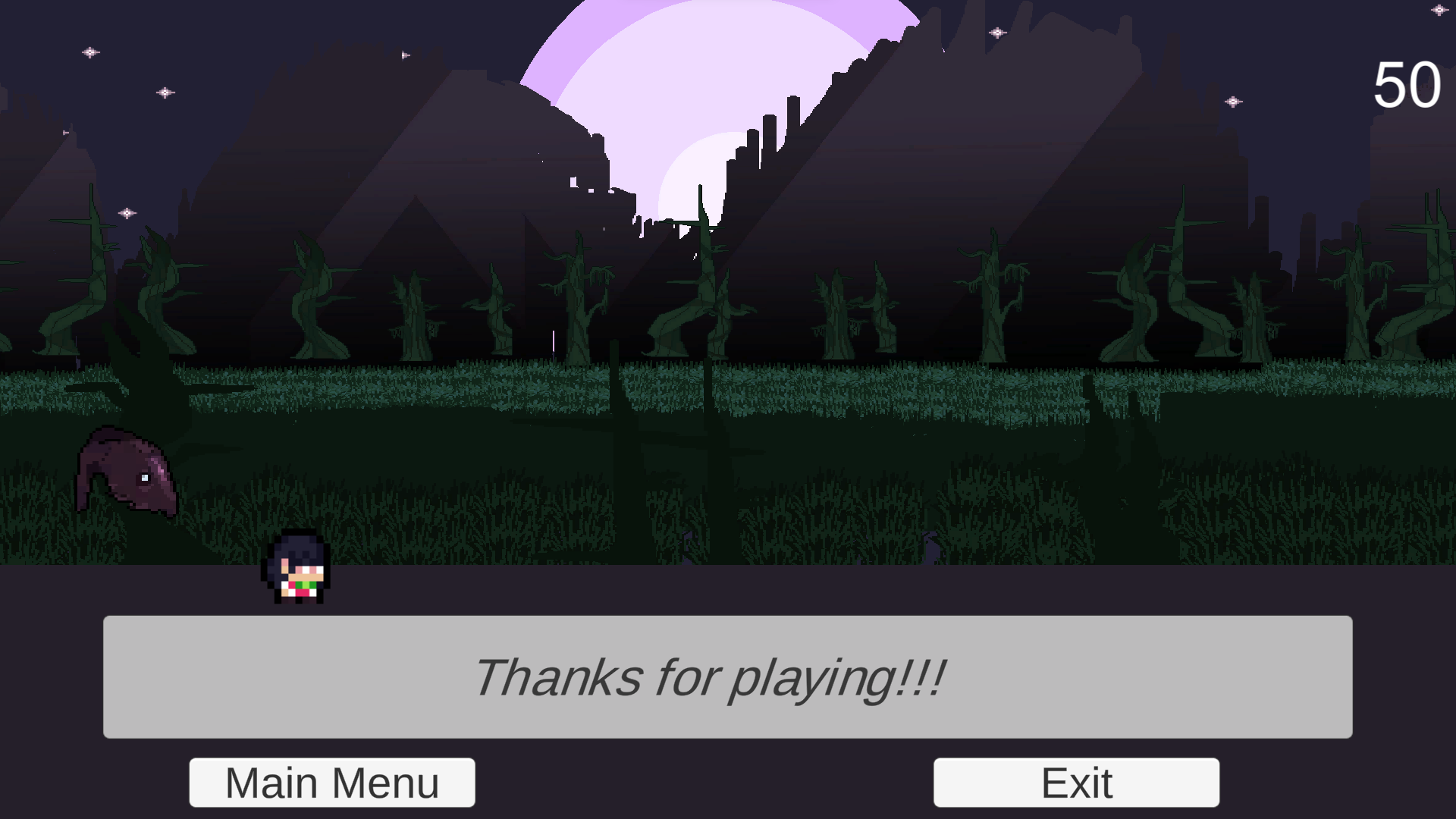My journey as a first-time game developer was a remarkable learning experience. I was fortunate to collaborate with a talented team consisting of an artist, a sound designer, and a writer, all of whom I met through the Scream Jam Discord. This was a fresh start for me, as I had no prior projects to my name, and coding was an entirely new realm for me. Nonetheless, I was eager to see what I could achieve with no prior knowledge.
The journey began with our team's first Discord call, during which I introduced myself as a first-time game jam participant. To my delight, my teammates welcomed me with open arms, and we immediately delved into brainstorming ideas. This collaborative process was immensely enjoyable and stimulating.
When we decided to create a pixel platformer, I realized I had no clue where to begin. I scoured numerous tutorials in search of guidance, and the first task was to create a prototype map, as shown in the GIF. From there, I had to explore ways to enhance the game. It turned out to be a more daunting endeavor than I had initially anticipated. Implementing character movement and camera tracking seemed simple on the surface, and with the help of YouTube and other resources, I managed to achieve these aspects. However, the next challenge was turning the game into a horror experience. I initially considered creating a custom shader but found it too complex to grasp, especially given my limited understanding of the code I was working with. Despite these challenges, my primary goal was to deliver something to my team.
There were various features I wanted to include, such as a dialogue system, a note system, and monsters that would chase the player after reading a note. However, it took me a considerable amount of time to figure out how to implement these features, which may appear simple in hindsight. The most challenging part was making them work the way I envisioned. 
Once I managed to incorporate these elements, the next hurdle was animations. Regrettably, I struggled with this part because I overlooked a simple dropdown box setting. I mistakenly kept it on "horizontal" when it needed to be changed to "horizontal vertical." It was a valuable lesson in understanding that the code was not the issue; it was my oversight.
Subsequently, I had to add player death and enemy damage, and this aspect of the project proceeded more smoothly. I got my code working relatively quickly.
Creating a main menu scene taught me about Unity's scene management system and the significance of the canvas in handling UI elements. While my game's settings menu remained non-functional, I had a lot of fun working on this aspect, even though I didn't fully grasp it. 
I also attempted to develop an endless runner segment for the game, involving parallax scrolling and raycasting to keep the player on the ground and generate levels procedurally. However, I eventually had to abandon this idea due to the complexity of the code and instead turned it into an "thanks for playing" screen. While I had hoped for better results, my skills were not yet up to the standards I had set for myself. Nevertheless, when I presented the finished game to my team, I was met with kind words of encouragement, for which I am deeply grateful.
Finally, I tackled sound design, which was a more manageable task for me. In the end, I learned a great deal throughout this journey, including Cinemachine, scene management, player movement coding, UI management, animations, integrating art assets like sprites, working with box colliders, implementing player health and monster damage, spawning monsters, creating notes, and publishing the game for the jam. 
Participating in this game jam was a valuable experience, and I would love to hear the stories of other game jam developers, whether they are seasoned veterans or newcomers like me.


